By Paul Farnsworth
If you are looking for a great night out in Manhattan, with fantastic food and smoking hot music, then Smoke Jazz & Supper Club is the place for you.
With full disclosure, Smoke has meant a lot to my family over the years, therefore, I am quite bias when it comes to this gem of a nightspot at 106th and Broadway.
My brothers John, James, and Joe started frequenting this location back in the early 80s when it was called Augie’s Jazz Bar. Run by a man named Augusto Cuartas, whom everyone called “Gus,” the place was kind of a dive. Gus would sit at the bar, playing chess all night, seemingly oblivious to the music. Still, he opened his doors, and gave young talents a place to play. “Augie’s was fertile ground for young cats to hone their craft. Problem was we were not getting paid...we were just passing the hat. However, the music was always high level,” recalls Joe Farnsworth.
As young jazz musicians, my brothers and their friends would come out, sit and watch, and listen to cats tear up the stage until the wee hours of the morning. Guys like Eric Alexander, Jim Rotundi, Steve Davis, John Webber bided their time, paid their dues by playing at open mike sessions, and asked to sit in when the time was right. Despite their young age, this new breed of jazz musicians was old school, preferring to play the hard driving, complex progressions of Bebop made famous by legends Charlie Parker, Dizzy Gillespie, and Miles Davis. Augie’s was more like a jazz clubhouse than nightclub. Jam sessions would go through the night, and it was not uncommon for musicians and patrons to walk out the door with the sun rising and people heading on their way to work.
But even as they developed their own chops, this new breed needed a leader and they found one in the legendary saxman Junior Cook. “Junior was the very best person to play with, to learn from, and to aspire to be like. He showed us the way. With him being there, the older greats started to come by-Art Taylor, Donald Byrd, Leroy Williams. They wouldn’t have come without the presence of the great Junior Cook. The club was cool before me because of people like Jesse Davis, Larry Goldings, Bill Stewart, and Pete Bernstein, but Junior made it cool for the legends to come in,” says Joe.
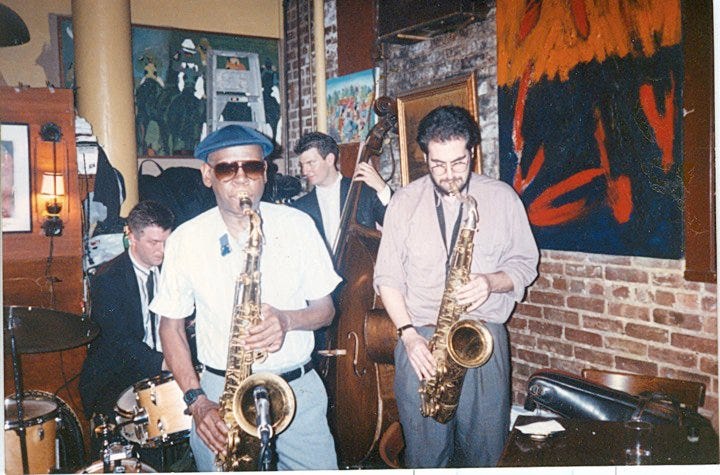
And the legends did start to come out. Masters such as Cecil Payne, Harold Mabern, Big George Coleman gave the place legitimacy. With the energy from the new breed and the direction from the all-time greats, Augie’s slowly became one of THE places to listen to jazz in New York City. “Once the bigger names started to play with Joe’s band on a Friday or Saturday, word traveled all over town. Augie’s was now a place to hear some true heroes of the music with some eager young musicians,” says John Farnsworth.
But even as the place was gaining recognition, Gus couldn’t make the place work financially. Augie’s went out of business in 1998.
However, a couple of former employees, Paul Stache and Frank Christopher, reopened the club as Smoke. The two named the club as a tribute to the 1999 film ‘Smoke,’ which featured a character based on Gus, played by Harvey Keitel.
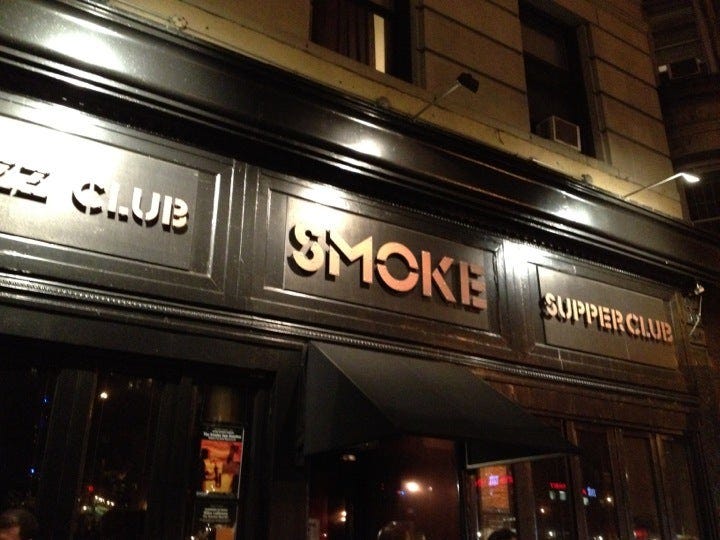
The two set about remaking the joint into a serious jazz club. “Augie’s did not have a stage. So for me that was the obvious priority. Building a stage that could hold a grand piano was non-negotiable for me when we took over the space. It meant removing Augie’s kitchen to make room for a bandstand,“ says Stache.
The new ownership created an intimate atmosphere with candlelit tables, plush velvet banquets, and antique chandeliers while retaining the long historic bar. They also invested heavily on improving the acoustics of the club and added a state-of-the-art sound system. The club’s acoustics are so good now that the club started its own record label, Smoke Sessions, featuring live performances. In short, they totally modernized the club without sacrificing the authenticity of the club’s humble beginnings.

Stache and Christopher realized the potential of the club and relied heavily on my brothers and their friends to not only play at the club, but to spread the word throughout the jazz community that there was a new place to play. “Stache and Christopher went back and forth on who to get for opening night. I said to make the bandstand sacred and establish the highest level in the club for others to follow. We have to get Big George Coleman and Harold Mabern. Set the tone. Let others try and live up to them,” says Joe. “Opening night had lines around the block. People walked in and saw the plush seating, carpeting, and fancy lighting. They saw a true bandstand, with a real piano and microphones for the horns. The sight of the new club was electrifying. Smoke was now a real jazz club, a place to hear the world’s best jazz and a place where the musicians were treated with respect,” says John.
The launch of Smoke was so successful it was named “Best New Jazz Club” in 2000 by New York Magazine.
When Smoke reopened, there was no kitchen, so for many years they only served drinks. But with changes in the New York nightlife scene it became a liability not to offer food. “More and more people pick one night a week to go out and are often looking for a complete experience. Food had to be part of that,” says Stache.
So Stache and Christopher invested heavily in building a kitchen beneath the club and brought in talented chefs like Patricia Williams to develop an ever-changing and evolving menu. True to the jazz experience they had created, the club started serving what has been called “soulful American food.” The menu fits in perfectly with the atmosphere and the music.
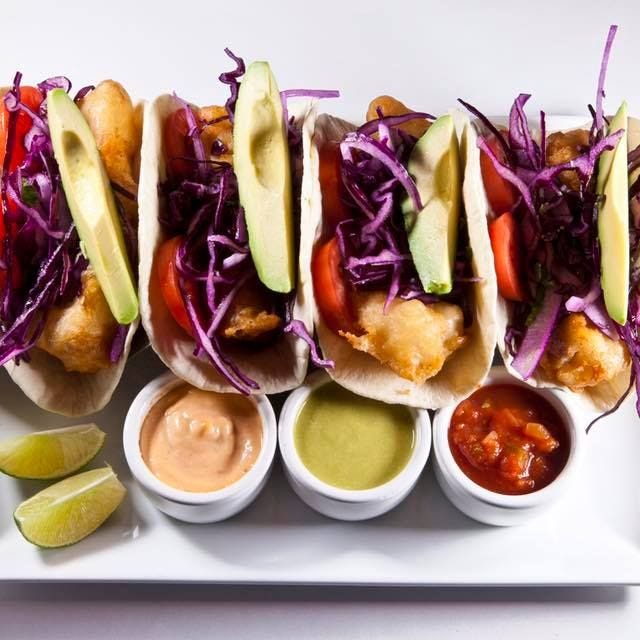
To die for dishes include the New York Strip Steak, featuring an aged 14 oz. organic Creekstone Farm black angus steak, the Black Truffle Ratatouille with Japanese eggplant, and the Cajun Lobster Bouillabaisse. No mention of the food at Smoke is complete without talking about its barbecue ribs with bacon braised collard greens. Oh, and save room for dessert. Try the Chocolate Fudge Peanut Butter Pie with peanut butter mascarpone, Valrhona chocolate fudge, and Oreo cookie crumbles. The club’s cuisine has won OpenTable Diner's Choice Awards for several consecutive years.
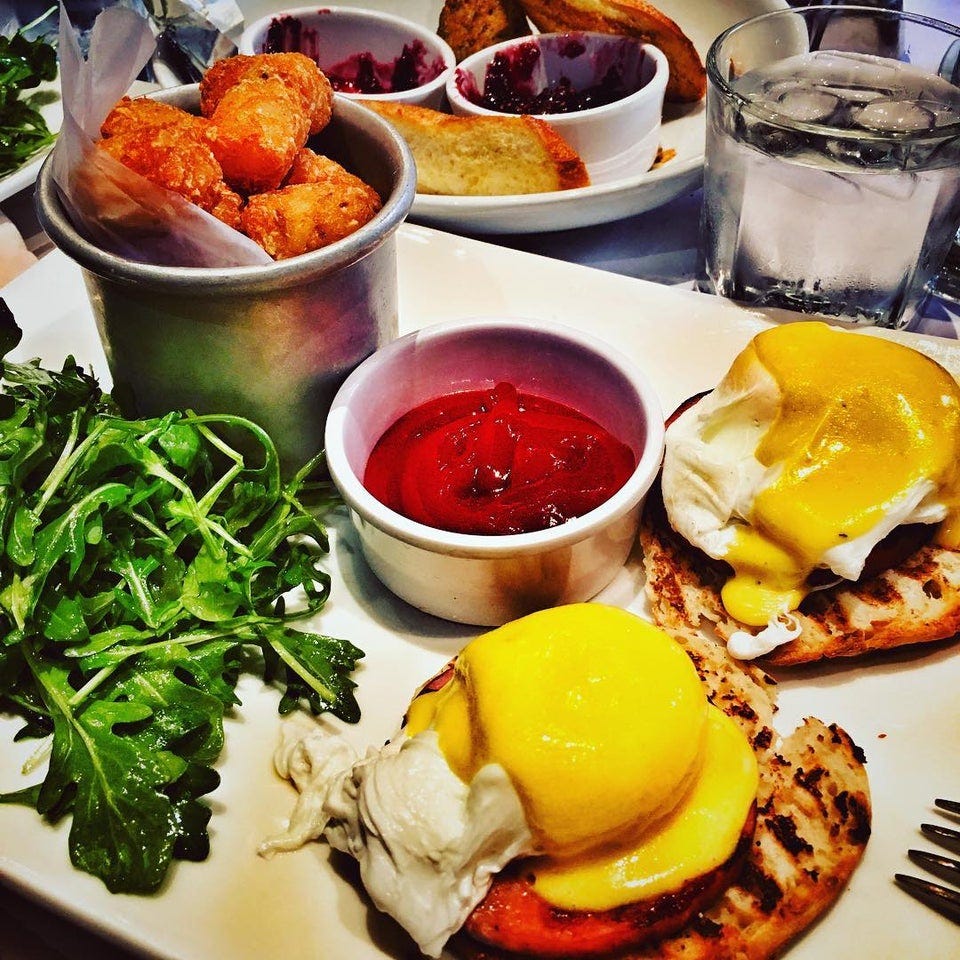
The food is just one of many reasons that set Smoke apart from the many excellent jazz clubs in New York City. With seating for just over 50, the club is as warm a room as you are ever going to find. “The intimacy of the room is obviously an essential part of what makes Smoke unique. It’s kind of like seeing a big name in jazz in a comfortable living room setting,” says Stache. “It’s small so you are up front to hear and see legends. Since there is no green-room, you can mingle with the musicians and talk with them between sets,” says Joe.
The authenticity of the music programming is also essential to the character of the venue. “We have over years had small experiments about venturing out into jazz-related genres like blues, and funk. But I keep finding that the club is at its most “real” feel, and at its best, when the programming stays true to its original mission established on opening night by George Coleman and Harold Mabern…swinging, hard hitting instrumental jazz that people can tap their feet to,” says Stache.

Typically, each week has a featured artist or group that is booked Thursday through Sunday with sets at 7 p.m. and 9 p.m. On Friday and Saturday, a third set starts at 10:30 p.m.
Ever since it opened, Smoke has hosted Monday Night Jam Sessions that have been known to go into the wee hours of the morning. It is by far the best place to hear the best up-and-coming talent in New York. My brother John hosted the Jam Session for its first 15 years. “When a musician arrives in New York, they want to go out and try to be seen and heard. Participating at Jam Sessions is the quickest way to be seen and heard. It’s a joy to watch musicians develop their craft from session to session.”
Tuesday hosts one of the city’s great treasures- the Hammond B3 Organ Night. Mike LeDonne has been leading his Groover Quartet every Tuesday for the past 19 years, and they are swinging as hard as ever. Greg Thomas of the New York Daily News calls it “their version of what in the trade is called “grits and gravy” jazz. This is groove music that’s fun and good for the soul.”
Wednesday is Latin Jazz Night and shows the tradition of playing jazz melodies over Afro-Cuban rhythms is alive and well.
Regardless what night, you can catch the late-night hang with the ‘Round Midnight’ set. You never know who will stop in and sit-in during these sessions.
I have been to jazz clubs all over the world and what sets Smoke apart is that it’s a “jazz musician’s jazz club.” Virtually every night, you will see musicians showing up to watch and listen to other musicians. It’s not just a place to play and make a couple of bucks. It’s a second home to many of the world’s greatest artists. “It’s like a jazz-themed ‘Cheers.’ It’s home…it’s where everyone knows your name,” says Joe. Thommy Maxwell, a manager who has been with the club from the very beginning and who has also been known to croon a tune or two, say jazz lovers will immediately know they are welcome and appreciated. “Smoke has been run like a small family business. The staff and musicians are part of that family. Smoke bring a personal feel to everything they do.”
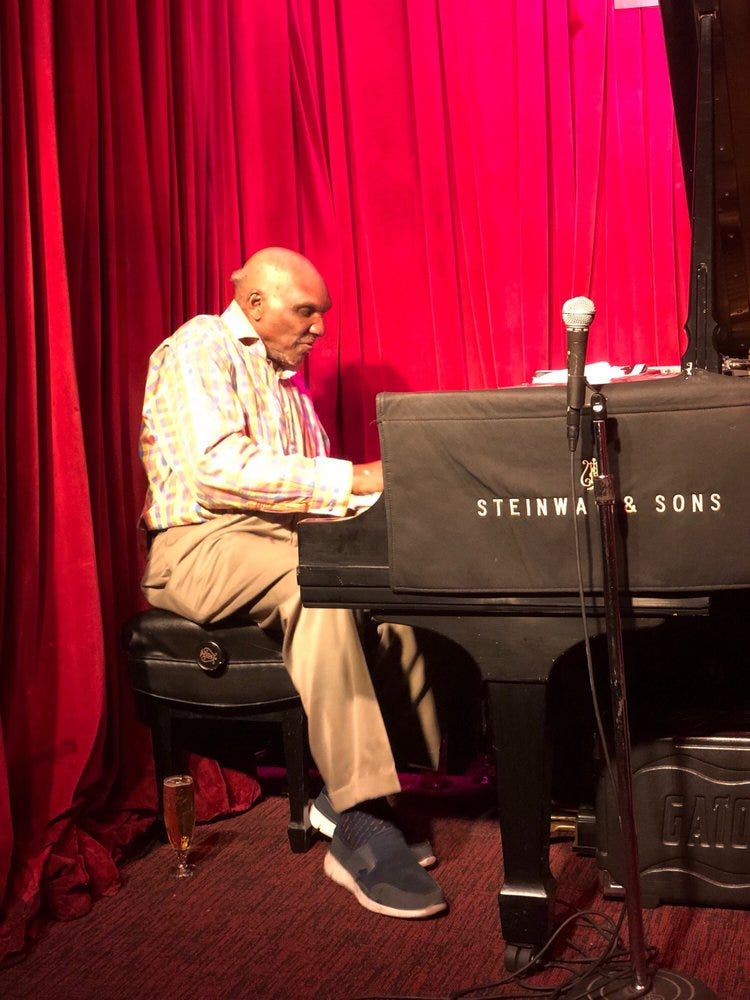
For a calendar of events and menus go to https://www.smokejazz.com/
More from News 12
1:11

Huntington Station teen wakes up morning of Christmas Eve to find out his car has been stolen
1:48

Wintry mix, rain return to Long Island on Sunday night
2:57

Black ice warning: Town of Oyster Bay officials urge caution on roadways in aftermath of snowstorm
0:41

Man loses multiple fingers while using snowblower in Port Jefferson
1:39

New details emerge in stabbing death of Lindenhurst CVS employee
1:39
